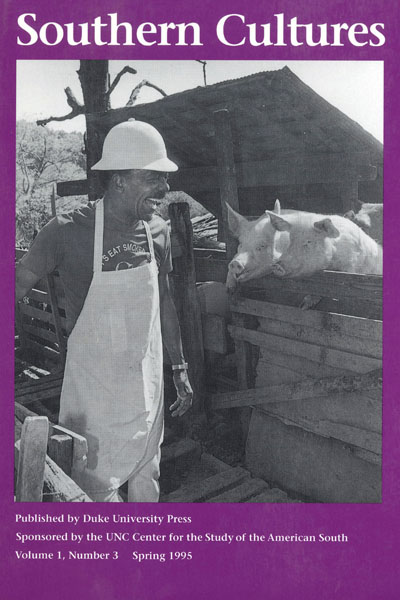University Press of Kentucky, 1992
John H. Ellis has written an excellent study of yellow fever and public health in the postbellum South, using as case studies the three largest cities of the late nineteenth-century South: New Orleans, Memphis, and Atlanta. His story is two-fold. He highlights the history of epidemics in New Orleans and Memphis to illustrate the panic of at-risk urban populations. Then he focuses on yellow fever as the catalyst for improved public health, even in Atlanta, which could not be certain of its own invulnerability to the disease. By documenting the progress made in these cities, Ellis leads the reader to conclude that at least some improvements must have been made in smaller communities across the region.


